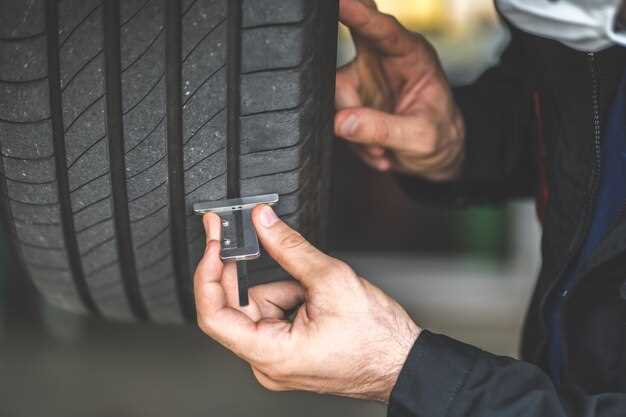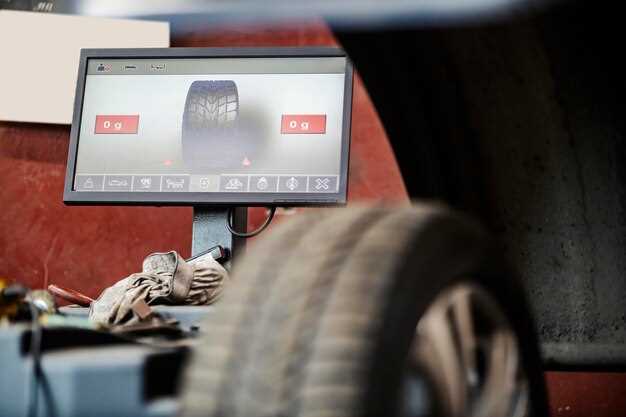
Proper wheel alignment is a fundamental aspect of vehicle maintenance that plays a crucial role in ensuring your car operates efficiently and safely. Alignment refers to the adjustment of the angle of the wheels, which affects how they make contact with the road. When your wheels are improperly aligned, it can lead to a multitude of issues that can compromise not only the vehicle’s performance but also its overall health.
An aligned car provides better control, improving steering responsiveness and stability while driving. Misalignment can result in uneven tire wear, reducing the lifespan of your tires and increasing the frequency of replacements. Furthermore, misalignment affects fuel efficiency; when wheels are not aligned correctly, the car requires more energy to move forward, leading to higher fuel consumption.
Understanding the importance of alignment goes beyond just aesthetics; it is essential for vehicle safety. It enhances your ability to control the car, particularly in emergency situations where quick reflexes are necessary. A well-aligned vehicle ensures that all four wheels work together harmoniously, providing a smoother ride while minimizing the risk of accidents. Regular checks and maintenance of wheel alignment should be a priority for every vehicle owner seeking to preserve the longevity and functionality of their car.
Understanding Symptoms of Misalignment in Your Vehicle

Proper wheel alignment is crucial for maintaining optimal vehicle performance. When your car experiences misalignment, several noticeable symptoms can arise, signaling the need for immediate attention. Recognizing these signs is essential for ensuring both safety and longevity of your vehicle.
One of the most common indicators of misalignment is uneven tire wear. If you observe that the tread is wearing more on one side of your tires compared to the other, this may suggest that your alignment is off. This uneven wear not only shortens the lifespan of your tires but also affects your car’s overall handling and stability.
Another symptom to watch for is steering issues. If your steering wheel pulls to one side while driving, or if it feels off-center when your car is moving straight, this can indicate misalignment problems. Such control difficulties can compromise your driving experience and increase the risk of accidents.
Additionally, you may notice vibrations or unusual noises while driving. These sensations can be attributed to misaligned wheels, leading to an imbalanced ride. Ultimately, any irregularity in how your car handles, such as drifting or swaying, can signify a pressing alignment issue.
Lastly, if your vehicle has a tendency to hard to control during braking or if the alignment feels inconsistent at higher speeds, these symptoms demand immediate inspection. Addressing misalignment promptly not only enhances your driving experience but also ensures the long-term health of your vehicle.
Impact of Wheel Alignment on Tire Longevity and Performance
Proper wheel alignment is crucial for maximizing tire longevity and enhancing overall vehicle performance. When the wheels of a car are correctly aligned, the tires make optimal contact with the road surface. This uniform contact helps in distributing the vehicle’s weight evenly across all tires, which minimizes uneven tire wear.
Misalignment can lead to several issues, such as increased rolling resistance and reduced fuel efficiency. When the wheels are not aligned, the tires tend to drag at an angle, causing excess friction and requiring more energy for the vehicle to move. This not only shortens the lifespan of the tires but also leads to more frequent replacements, increasing overall operating costs.
Furthermore, misaligned wheels can cause handling problems. The car may pull to one side or the other, making it difficult for the driver to maintain control. This situation not only affects performance but also poses safety risks, especially during emergency maneuvers. Well-aligned wheels ensure that the car responds predictably to steering inputs, enhancing both driving comfort and safety.
Regular wheel alignment checks are thus essential for ensuring that tires function effectively throughout their lifespan. By investing in proper alignment, car owners can significantly extend the life of their tires, improve fuel efficiency, and enhance overall driving experience.
Steps to Ensure Accurate Wheel Alignment and Maintenance

To maintain optimal vehicle performance and extend the lifespan of your car, accurate wheel alignment is crucial. Follow these steps to ensure your car’s wheels are correctly aligned and maintained.
1. Regular Inspections: Schedule routine checks of your wheel alignment as part of your car’s regular maintenance. Look for signs such as uneven tire wear or the vehicle pulling to one side, indicating alignment issues.
2. Professional Assessment: Consult a certified technician to perform a precise wheel alignment. This detailed assessment involves using specialized equipment to measure the angles at which your wheels are set, ensuring they are within manufacturer specifications.
3. Monitor Tire Pressure: Keeping your tires at the recommended pressure not only enhances fuel efficiency but also helps in maintaining proper wheel alignment. Low pressure can lead to increased tire wear and misalignment.
4. Check Suspension Components: Regularly inspect and maintain your car’s suspension system, including struts, shocks, and springs. Worn or damaged components can lead to misalignment and compromise steering control.
5. Road Conditions Awareness: Be mindful of driving on rough roads or hitting potholes, as these factors can adversely affect your wheel alignment. Avoiding such conditions can help maintain better control and reduce maintenance costs.
6. Tire Rotation: Regularly rotating your tires promotes even wear and allows for more consistent contact with the road, contributing to better wheel alignment and overall vehicle control.
7. Alignment After Modifications: If you modify your car’s suspension or replace tires, always check the alignment afterward. Adjustments made to your car’s height or weight distribution can significantly impact wheel alignment.
By following these steps, you can ensure that your car’s wheel alignment remains accurate, enhancing vehicle health, control, and safety on the road.




